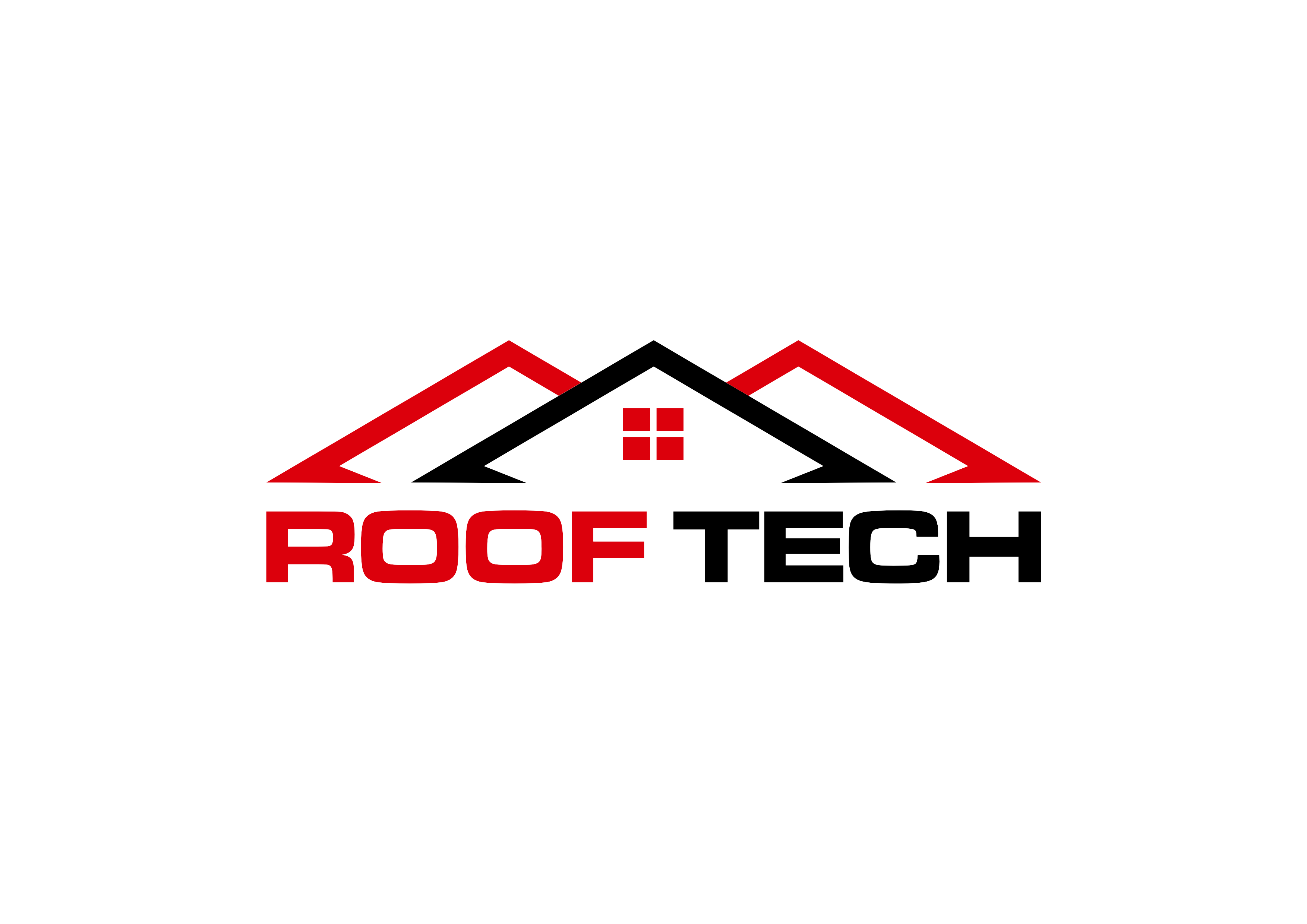Properly ventilating your roofing system is crucial for maintaining the health and longevity of your roof. Without adequate ventilation, your roof can suffer from a variety of issues, including mold growth, wood rot, and premature deterioration. In this article, we will discuss the importance of proper roof ventilation and provide some tips for ensuring that your roof is properly ventilated.
One of the main reasons why proper roof ventilation is so important is that it helps prevent moisture buildup in your attic. When warm, moist air from your home rises into the attic, it can condense on the underside of the roof deck and insulation. This can lead to mold growth, which not only compromises the structural integrity of your roof but also poses a health risk to you and your family.
In addition to preventing moisture buildup, proper roof ventilation also helps regulate the temperature in your attic. During the hot summer months, a poorly ventilated attic can become extremely hot, which can cause your air conditioning system to work harder and lead to higher energy bills. Proper ventilation allows hot air to escape from the attic, keeping it cooler and reducing the strain on your HVAC system.
So, how can you ensure that your roof is properly ventilated? The first step is to assess your current ventilation system. You should have both intake and exhaust vents installed to ensure proper airflow through the attic. Intake vents are typically located along the eaves of the roof, while exhaust vents are usually installed near the peak of the roof.
If you have a new roof installed or are having your existing roof replaced, make sure to discuss ventilation options with your roofing contractor. They can recommend the best ventilation system for your specific roof and climate.
Another important factor to consider when ventilating your roof is the size of your attic. The general rule of thumb is to have one square foot of ventilation for every 150 square feet of attic space. This ensures that there is enough airflow to properly ventilate the attic.
Regularly inspecting your roof for signs of poor ventilation is also crucial. Look for signs of moisture buildup, such as water stains or mold growth, as well as signs of excessive heat, such as warped or discolored shingles.
In conclusion, proper roof ventilation is essential for maintaining the health and longevity of your roof. By following the tips outlined in this article, you can ensure that your roof is properly ventilated and protected from the damaging effects of moisture and heat. Investing in proper ventilation now can help you avoid costly repairs and extend the life of your roofing system.
Find out more at
Roof Tech
https://www.rooftechnh.com/
New Hampshire roofing company.